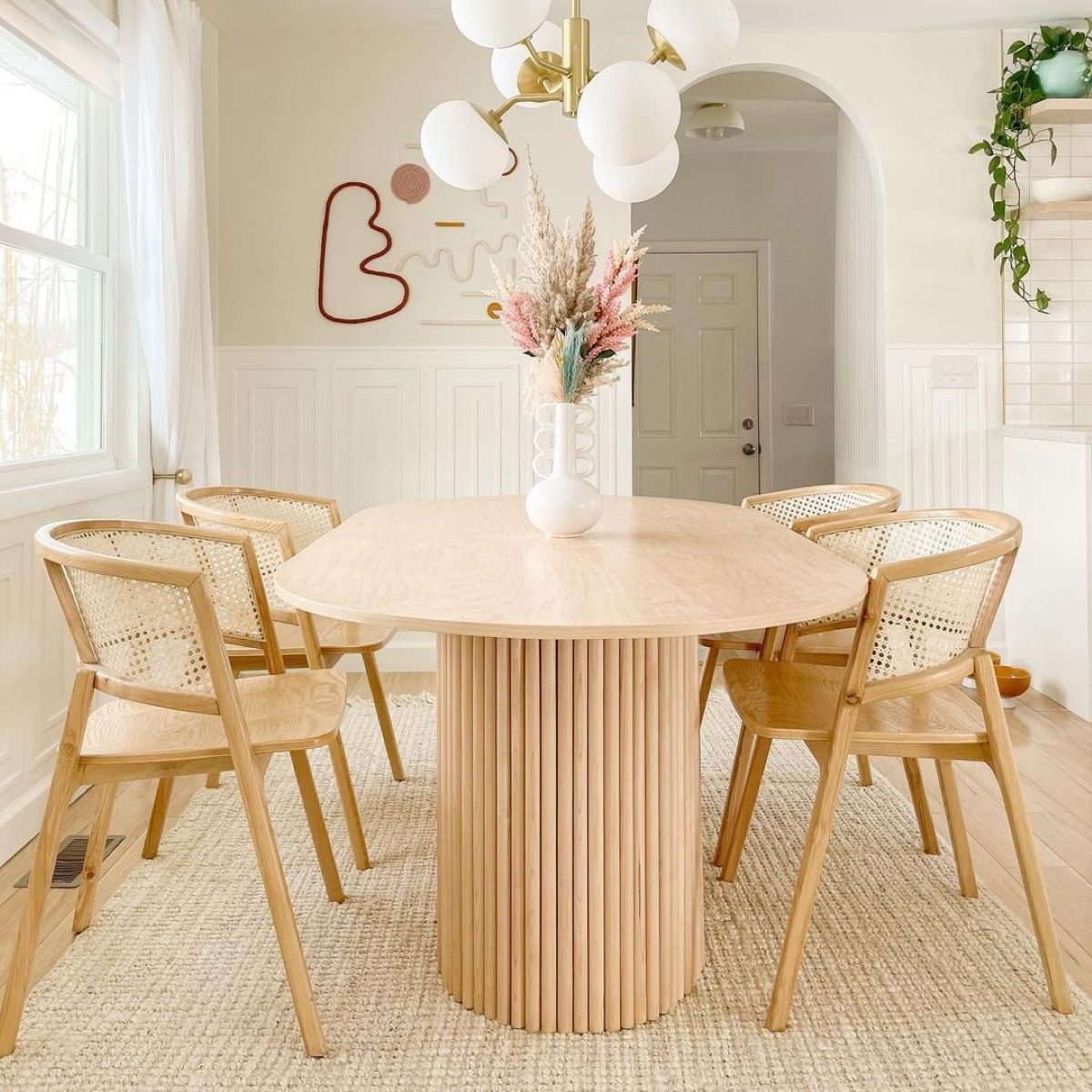

Articles
How To Make A Small Dining Room Look Bigger
Modified: January 6, 2024
Discover effective techniques and clever ideas in this collection of articles to transform your small dining room into a spacious and inviting space.
(Many of the links in this article redirect to a specific reviewed product. Your purchase of these products through affiliate links helps to generate commission for Storables.com, at no extra cost. Learn more)
Introduction
A small dining room can often feel cramped and restrictive, leaving you longing for more space. But fear not, with a few design tricks and clever decorating techniques, you can transform even the tiniest dining space into a visually larger and more inviting area. In this article, we will explore various strategies and tips to make a small dining room look bigger, enabling you to create a functional and aesthetically pleasing space for you and your guests.
Whether you live in an apartment with limited square footage or have a compact dining area in your home, the following suggestions will help you optimize the space and create the illusion of spaciousness. From color choices to furniture selection and organization techniques, we will cover all the essential aspects of making your small dining room appear larger.
So, let’s dive in and discover how you can transform your cramped dining room into a more open and welcoming space!
Key Takeaways:
- Transform your small dining room into a spacious oasis by choosing light colors, maximizing natural light, and strategically placing mirrors. Opt for sleek furniture and utilize vertical space to create an open and inviting atmosphere.
- Create the illusion of space in your small dining room with art, decor, and optical illusions. Incorporate light and airy artwork, utilize mirrors strategically, and play with patterns to visually expand the room and enhance its ambiance.
Read more: How To Make A Small Dining Room Look Bigger
Choosing the Right Color Palette
One of the most effective ways to make a small dining room look bigger is through the appropriate use of color. The right color palette can visually expand the space and create a sense of openness. Here are some tips on choosing the right colors:
- Light and Bright: Opt for light and neutral colors as the base for your dining room. Whites, creams, and pastel shades help reflect light and make the room feel more spacious.
- Monochromatic Schemes: Stick to a monochromatic color scheme by using different shades and tones of the same color. This creates a cohesive and streamlined look that visually enlarges the space.
- Pops of Contrast: While a light color palette is ideal, don’t be afraid to add pops of contrast. Introduce a bold accent color through accessories or a feature wall to add interest and depth to the room without overwhelming the space.
- Avoid Dark Colors: Dark colors tend to absorb light and make a small space feel even smaller. Try to steer clear of deep, rich colors for the walls or major furniture pieces.
In addition to the wall color, consider the color of your dining furniture and accessories. Opt for furniture with lighter finishes or upholstery to maintain the sense of spaciousness. You can also incorporate a touch of metallic accents such as silver or gold to create a reflective effect, enhancing the overall illusion of space.
Remember, the key is to keep the color palette light, bright, and cohesive throughout the space. This will create a visually open and airy environment that will trick the eye into perceiving a larger dining area.
Utilizing Natural Light
Natural light is a powerful tool when it comes to making a small dining room look bigger. By maximizing the amount of natural light that enters the space, you can create an illusion of openness and enhance the overall ambiance. Here are some tips for utilizing natural light:
- Window Treatments: Opt for sheer or lightweight curtains that allow ample natural light to flow into the room. Avoid heavy drapes or blinds that block the sunlight and make the space feel enclosed.
- Clear the Windows: Make sure your windows are clean and unobstructed. Remove any furniture or clutter that may be blocking the natural light from entering the room.
- Mirrors: Place mirrors strategically opposite the windows to reflect and amplify the natural light. This will not only brighten up the space but also create an illusion of depth and expansiveness.
- Glass Furniture and Accessories: Incorporate glass elements into your dining room, such as a glass dining table or glass decor accessories. The transparency of glass allows light to pass through, creating a more open and airy feel.
In addition to maximizing natural light, consider using artificial lighting to enhance the overall brightness of the room. Install well-placed overhead fixtures or pendant lights to evenly illuminate the entire space. This will help eliminate shadows and create a welcoming ambiance.
By harnessing the power of natural light and combining it with strategic artificial lighting, you can make your small dining room feel more spacious, inviting, and visually appealing.
Strategic Placement of Mirrors
Mirrors are an excellent trick to create the illusion of space in a small dining room. They reflect light and make the room appear larger and more open. Here are some tips for the strategic placement of mirrors:
- Opposite Windows: Hang a large mirror directly opposite a window to reflect natural light and make the room feel brighter and more spacious. This will also create the illusion of an additional window in the space.
- Multi-panel Mirrors: Instead of using a single large mirror, consider using multiple panels or smaller mirrors arranged in a visually appealing pattern. This will add depth and dimension to the room.
- Reflective Surfaces: Place mirrors strategically near other reflective surfaces, such as metallic accents or shiny furniture. This will further bounce light around the room and create a sense of openness.
- Mirrored Furniture: Incorporate mirrored furniture pieces, such as a sideboard or a console table. These pieces not only provide practical storage but also reflect light and give the appearance of more space.
When placing mirrors, be mindful of what they reflect. Ensure that they are positioned to reflect visually pleasing elements of the room, such as artwork or a beautiful light fixture. Avoid placing mirrors where they reflect cluttered or unattractive areas.
Remember to strike a balance when using mirrors. While they can be an effective tool for creating the illusion of space, using too many mirrors or oversized mirrors can overwhelm a small dining room and make it feel cluttered. Be intentional with mirror placement and choose designs that complement your overall dining room decor.
By strategically placing mirrors, you can instantly transform your small dining room, making it appear larger, brighter, and more visually appealing.
Optimal Furniture Selection and Arrangement
Choosing the right furniture and arranging it intelligently is crucial when it comes to maximizing space in a small dining room. Here are some tips for optimal furniture selection and arrangement:
- Scale and Proportion: Choose furniture that is appropriately scaled for a small dining room. Oversized or bulky furniture can overpower the space and make it feel cramped. Opt for sleek and streamlined pieces that fit the proportions of the room.
- Multipurpose Furniture: Consider investing in multipurpose furniture that serves multiple functions. For example, a dining table with built-in storage or extendable leaves can provide extra space while being practical.
- Clear the Clutter: Avoid cluttering the dining room with unnecessary furniture or decor. Keep it simple and minimalistic to create an open and airy feel. Remove any items that are not essential and only keep what is needed.
- Floating Furniture: Use floating furniture pieces, such as wall-mounted shelves or cabinets, to free up floor space. This not only creates a more spacious look but also provides additional storage solutions.
- Consider Round or Oval Tables: In a small dining room, round or oval tables can be a better option than rectangular tables. Their curved edges take up less visual space and allow for better traffic flow.
- Keep Chairs Lightweight: Choose chairs with an open and airy design, such as those with slim or transparent frames. This creates a sense of visual lightness and prevents the room from feeling crowded.
When arranging your furniture, consider the traffic flow and aim to create an open pathway that allows for easy movement. Avoid placing furniture against the walls as this can make the room feel closed off. Instead, try placing furniture at angles or in a way that maximizes space.
By selecting appropriate furniture pieces and arranging them strategically, you can optimize the use of space in your small dining room, creating a functional yet visually appealing area.
Use light, neutral colors to create a sense of space. Mirrors can also give the illusion of a larger room. Choose furniture that is proportional to the room and consider a round table to maximize seating without taking up too much space.
Read more: What Colors Make A Small Room Look Bigger?
Maximizing Vertical Space
In a small dining room, making use of vertical space is essential to create an illusion of height and maximize storage capacity. Here are some tips for maximizing vertical space:
- Wall-Mounted Shelves: Install wall-mounted shelves to store and display items vertically. This not only frees up floor space but also draws the eye upward, making the room appear taller.
- Use Tall Furniture: Opt for tall and narrow furniture pieces, such as bookcases or cabinets, that take advantage of vertical space without occupying too much floor area.
- Hanging Pendant Lights: Instead of using bulky floor or table lamps, hang pendant lights from the ceiling. This not only provides adequate lighting but also frees up surface space.
- Vertical Wall Decor: Hang vertically oriented artwork or wall decor to draw the eye upward and create a sense of height. This adds visual interest to the room without taking up valuable floor space.
- Utilize Corners: Corner spaces are often underutilized in small dining rooms. Install corner shelves or place a tall plant to make the most out of these otherwise wasted spaces.
- Curtain Rods: Hang curtains close to the ceiling to create the illusion of taller windows and elongate the walls. This gives the impression of higher ceilings and a more spacious dining area.
Utilizing vertical space not only adds storage options but also creates a sense of openness and airiness in a small dining room. By directing the focus upward, you can draw attention away from limited floor space and create a visually stunning and functional dining area.
Decluttering and Organization Tips
In a small dining room, clutter can quickly make the space feel cramped and overwhelming. Implementing effective decluttering and organization techniques is key to creating a more spacious and inviting atmosphere. Here are some tips to help you declutter and organize your small dining room:
- Purge Unnecessary Items: Start by decluttering and removing any items that are not essential to the dining room. This includes old magazines, unused decor, or excess furniture. Keep only the items that serve a purpose or bring joy to the space.
- Utilize Storage Solutions: Invest in smart storage solutions to keep your dining room organized. Use storage baskets, bins, or floating shelves to store and display items neatly. Vertical storage options like wall-mounted cabinets or bookshelves can also maximize space.
- Create Designated Areas: Assign specific zones within your dining room for different purposes. For example, create a designated area for serving dishes and another for storing dining essentials like table linens or dinnerware. This helps maintain an organized and clutter-free space.
- Use Drawer Organizers: Keep your dining room drawers neat and tidy by using organizers. Dividers and compartments can help separate and categorize items like cutlery, napkins, or small dining accessories.
- Keep Surfaces Clear: Avoid letting dining surfaces become a dumping ground for random items. Keep tabletops clear of unnecessary clutter, and only display a few key decorative pieces that enhance the overall design of the room.
- Establish a Cleaning Routine: Regularly clean and declutter your dining room to maintain a sense of order and spaciousness. Establish a cleaning routine that includes dusting surfaces, wiping down furniture, and organizing storage areas.
Remember, an organized and clutter-free dining room not only creates a visually pleasing environment but also promotes a sense of calm and relaxation during meal times. By practicing these decluttering and organization tips, you can maximize the functionality and aesthetic appeal of your small dining room.
Creating the Illusion of Space with Art and Decor
Art and decor play an important role in making a small dining room appear larger and more spacious. The right choices and placement of these elements can create visual interest while tricking the eye into perceiving more space. Here are some tips for creating the illusion of space with art and decor:
- Choose Light and Airy Artwork: Opt for artwork that features light colors, open landscapes, or abstract designs. These pieces create a sense of depth and give the impression of a larger space.
- Select Large-scale Art: When it comes to artwork, think big. A large-scale piece can draw the eye upward and make the dining room feel taller and more expansive. Hang a statement piece on a focal wall to create a dramatic impact.
- Hang Art at Eye Level: Hang your artwork at eye level or slightly higher. This draws attention to the vertical space in the room, making it appear taller and more spacious.
- Utilize Mirrors as Decorative Elements: Mirrors not only create the illusion of space but can also serve as decorative focal points. Choose mirrors with interesting frames or unique shapes to add visual interest to the dining room.
- Opt for Transparent or Reflective Decor: Select decor accessories made from transparent materials like glass or acrylic. These elements allow light to pass through and make the space feel open and airy. Reflective decor, such as metallic or mirrored accents, also add a sense of spaciousness.
- Keep Decor Simple and Minimalistic: Avoid overwhelming the space with too many small decor items. Instead, choose a few well-curated pieces that complement the overall style of the dining room. This will create a cohesive and clutter-free look.
Remember, art and decor serve as visual cues in a small dining room. By choosing carefully curated pieces and placing them strategically, you can create an environment that feels open, inviting, and visually expansive.
Using Optical Illusions
Optical illusions are powerful tools for creating the perception of space in a small dining room. By employing certain design techniques and tricks, you can manipulate the eye and make the room appear larger than it actually is. Here are some ways to use optical illusions in your dining room:
- Horizontal Stripes: Incorporate horizontal stripes into your dining room design. Whether it’s through wallpaper, rugs, or curtains, horizontal stripes create the illusion of width and make the space feel more expansive.
- Vertical Lines: Use vertical lines to draw the eye upward and create the illusion of height. This can be achieved through wall paneling, tall striped curtains, or vertical artwork.
- Diagonal Patterns: Introduce diagonal patterns into your dining room to add a sense of dynamism and depth. These patterns can be incorporated through floor tiles, patterned rugs, or even diagonal lines in the furniture design.
- Mirrored Wall: Create an optical illusion of infinite space by installing a mirrored wall. This reflection replicates the room, making it appear much larger and brighter.
- Use Light and Dark Shades: Play with light and dark shades to create depth and dimension in the dining room. Painting one wall a darker shade than the others can add depth, while lighter colors on adjacent walls will make the room feel more open.
- Furniture Leg Visibility: Choose furniture with exposed legs or transparent materials to create a sense of openness. This allows light to pass through and gives the impression of more floor space.
Additionally, consider the concept of negative space – leaving areas intentionally empty – to create the illusion of more room. Avoid cluttering the dining room with excessive furniture or unnecessary decor.
By incorporating these optical illusions into your dining room design, you can visually expand the space and create a more open and inviting atmosphere for you and your guests to enjoy.
Conclusion
Transforming a small dining room into a larger and more inviting space is entirely possible with the right design strategies and techniques. By considering the tips discussed in this article, you can create the illusion of space, maximize natural light, and optimize the use of furniture and decor.
Choosing the right color palette, utilizing natural light, and strategically placing mirrors are effective ways to visually expand the dining room. Optimal furniture selection and arrangement help create a functional and spacious layout, while maximizing vertical space enables you to make the most of every inch. Decluttering and organization techniques maintain a clean and open atmosphere, and creative use of art, decor, and optical illusions further enhance the perception of space.
Remember that a small dining room doesn’t have to feel confined or cramped. By implementing these ideas and approaching the design process with creativity, you can create a dining area that feels larger and more inviting, making meal times a truly enjoyable experience.
So, start implementing these tips and let your small dining room shine with style, functionality, and the illusion of spaciousness!
Frequently Asked Questions about How To Make A Small Dining Room Look Bigger
Was this page helpful?
At Storables.com, we guarantee accurate and reliable information. Our content, validated by Expert Board Contributors, is crafted following stringent Editorial Policies. We're committed to providing you with well-researched, expert-backed insights for all your informational needs.
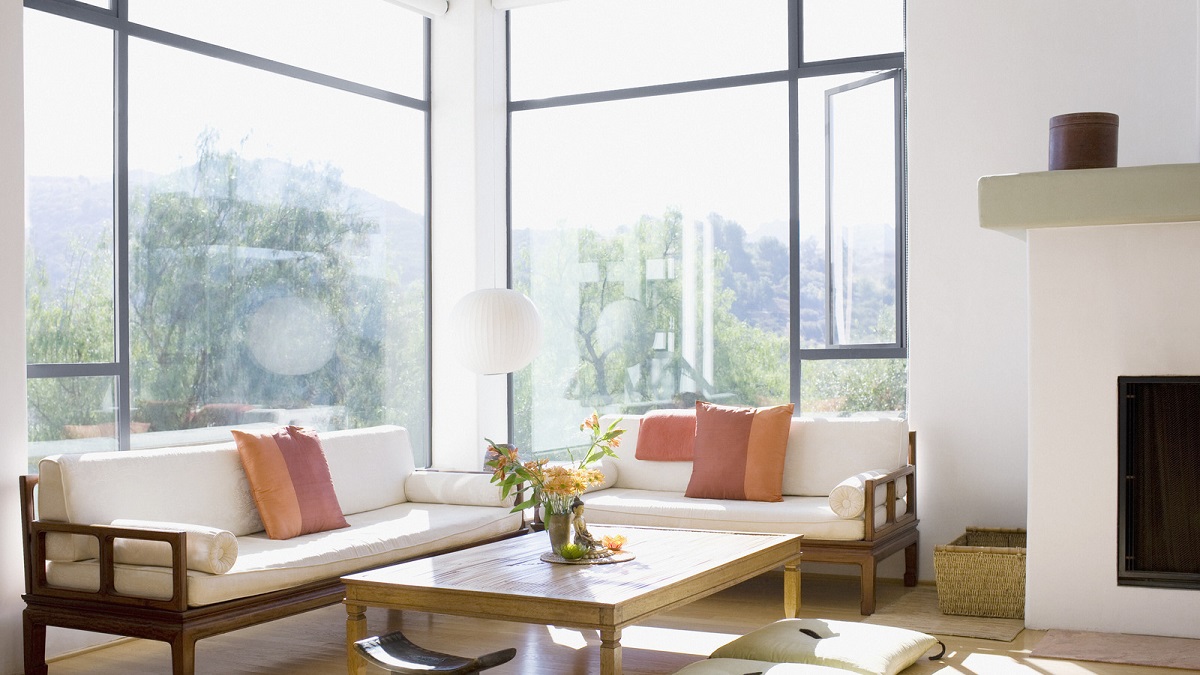
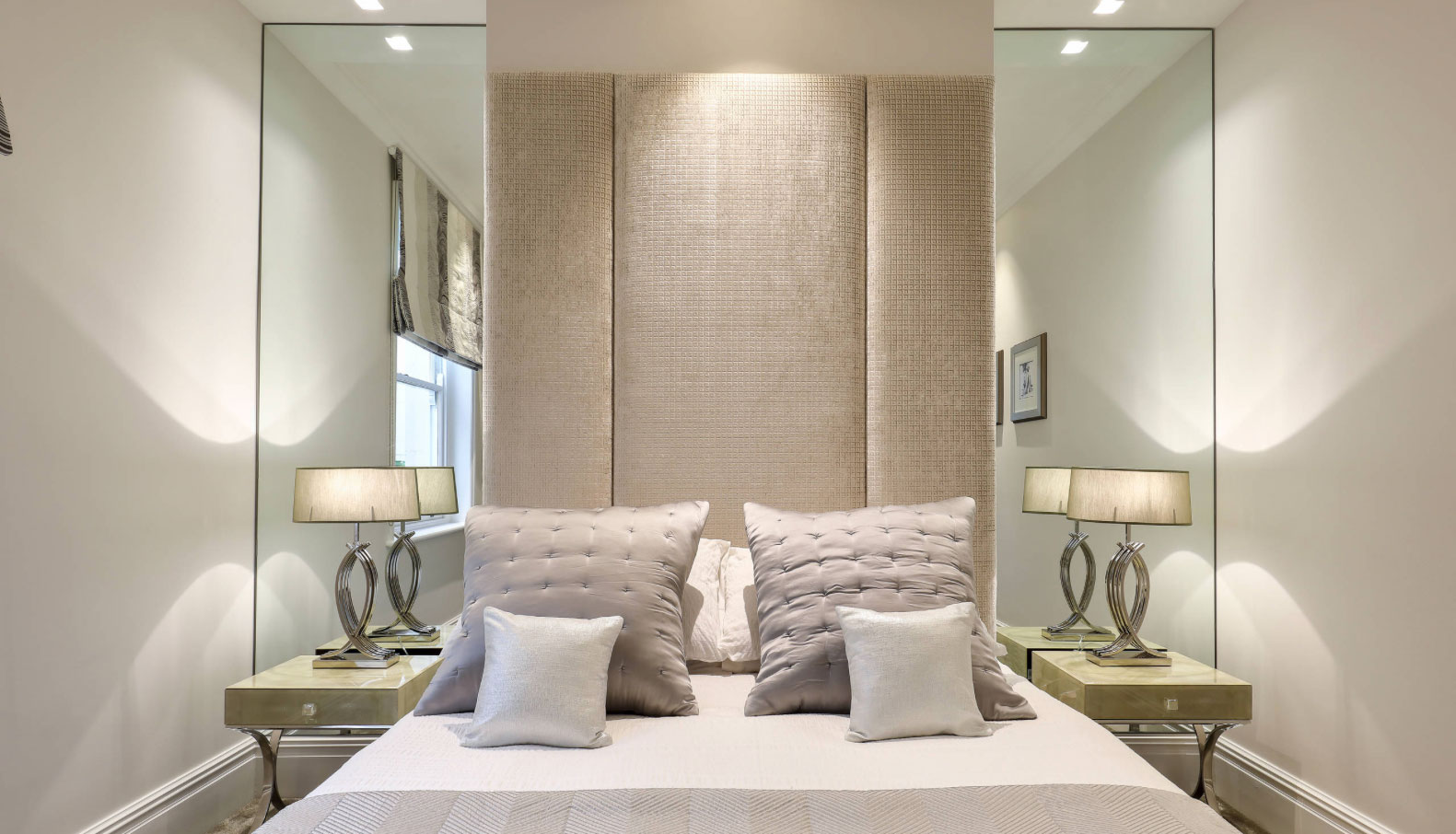
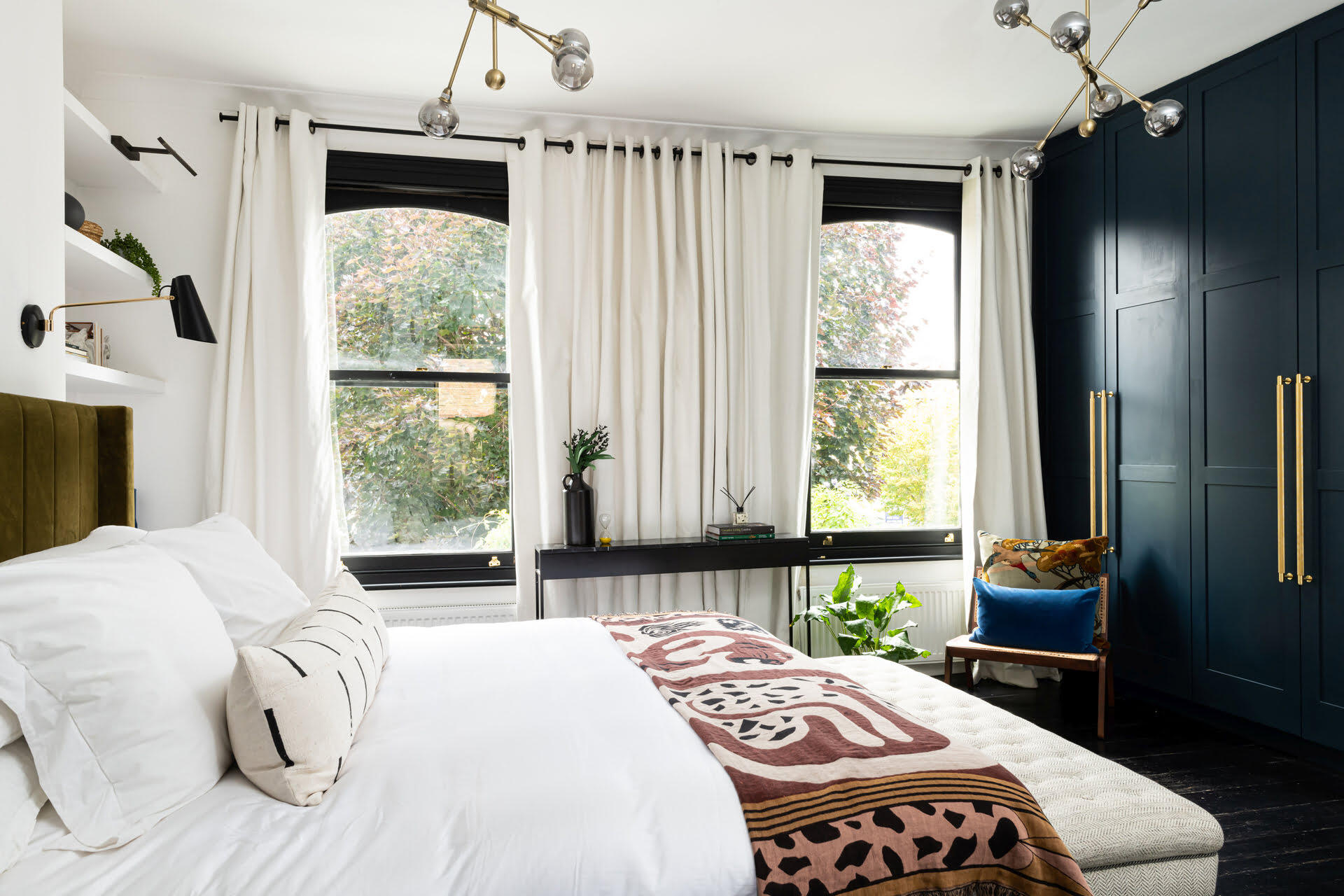
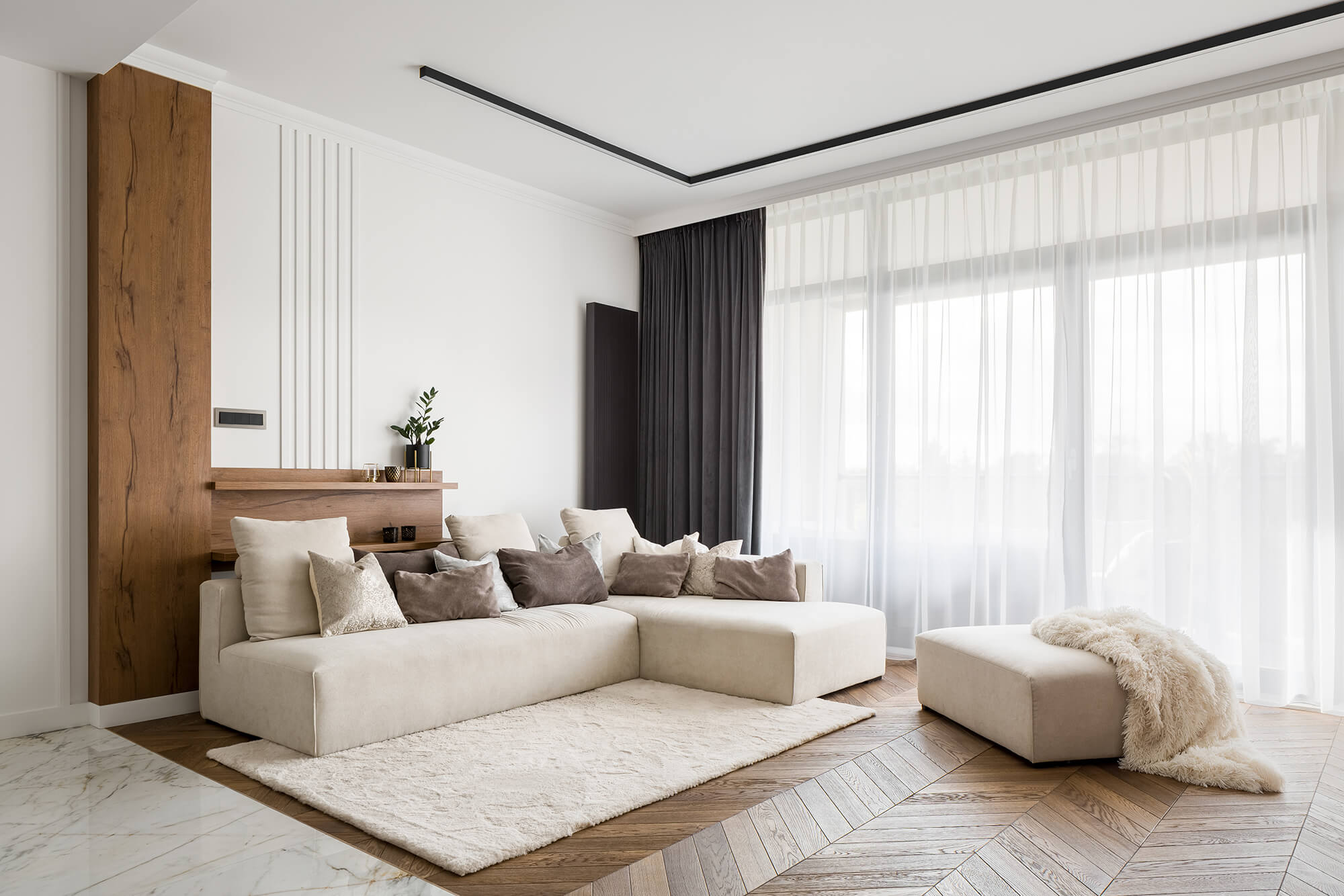
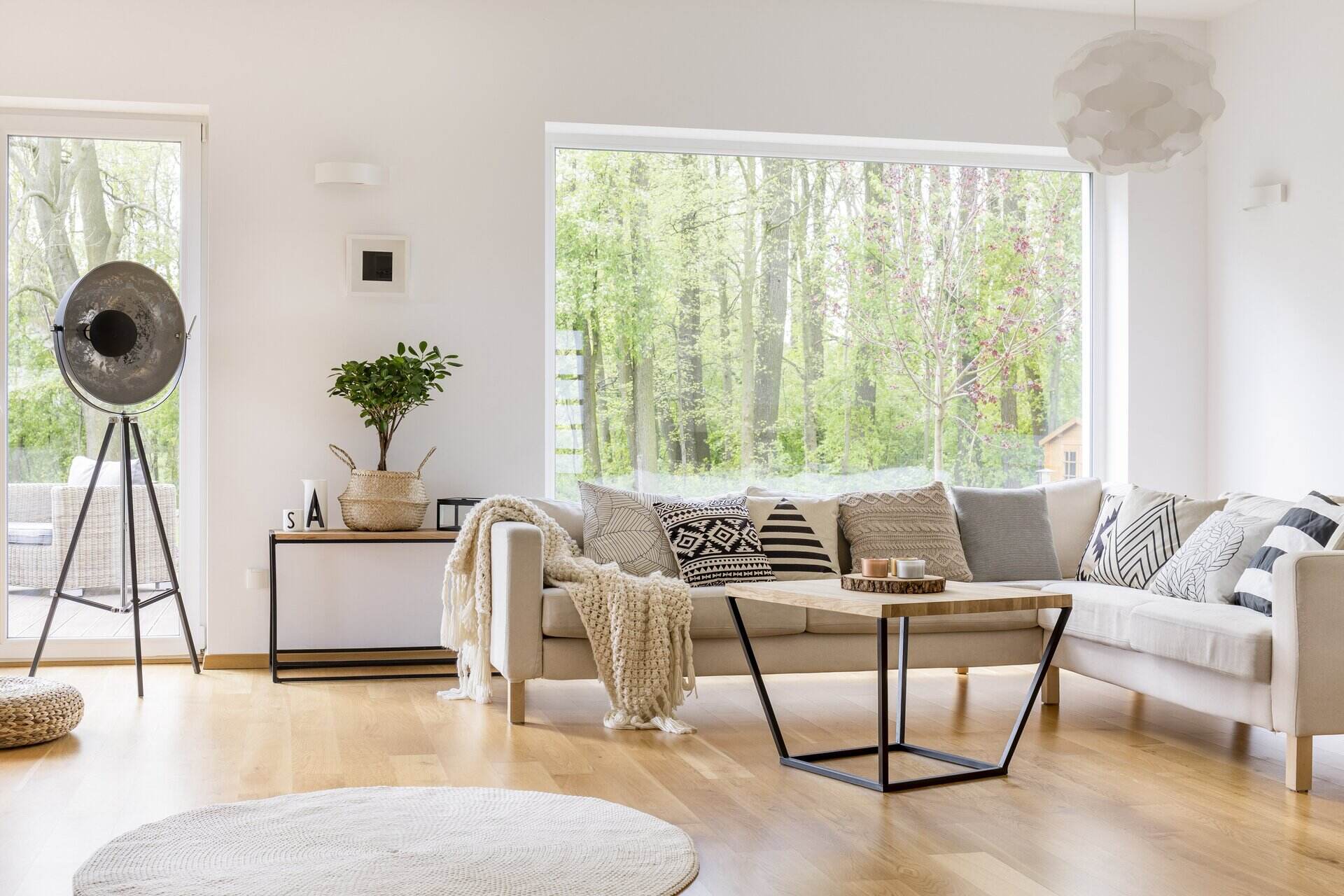

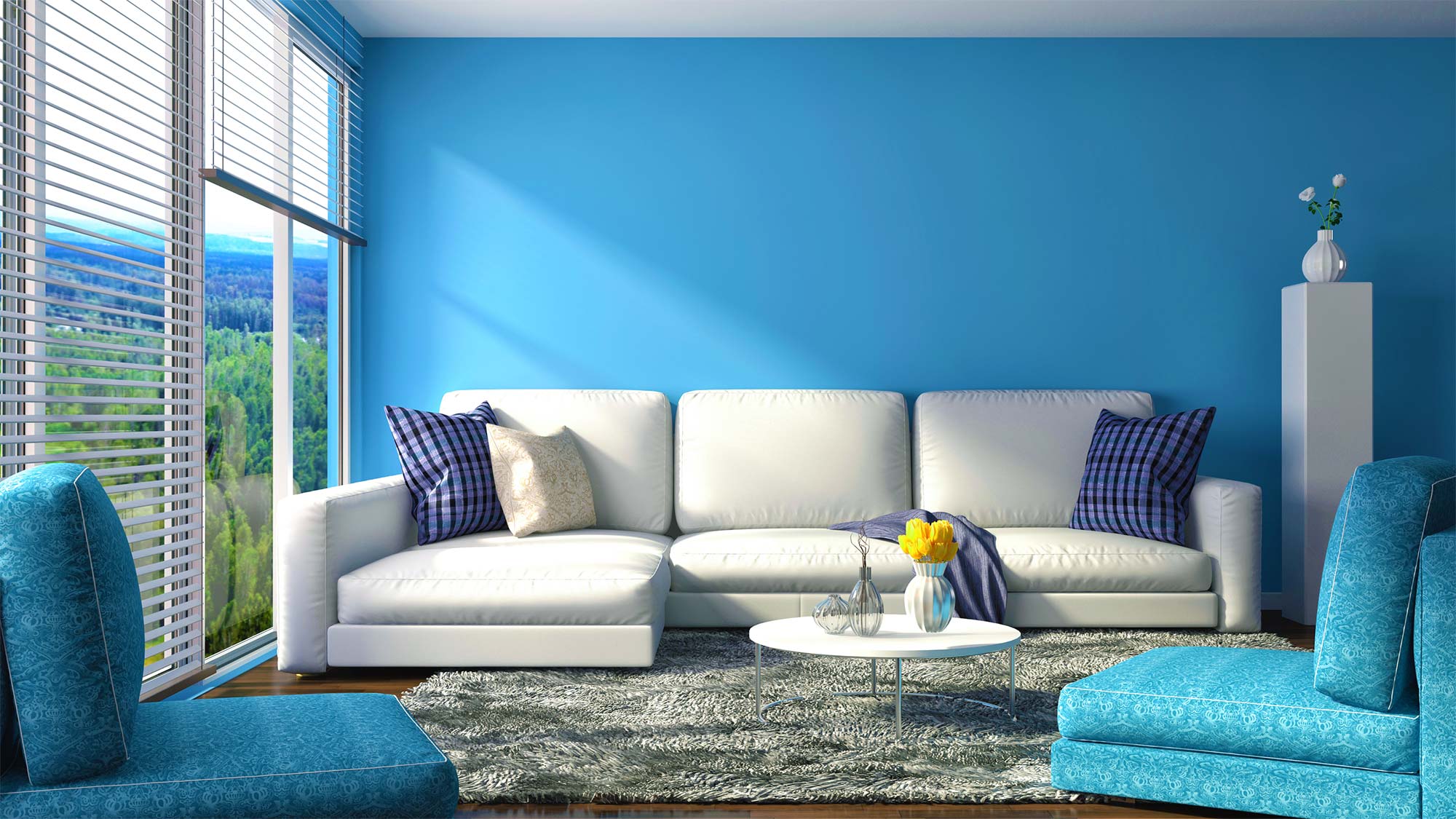
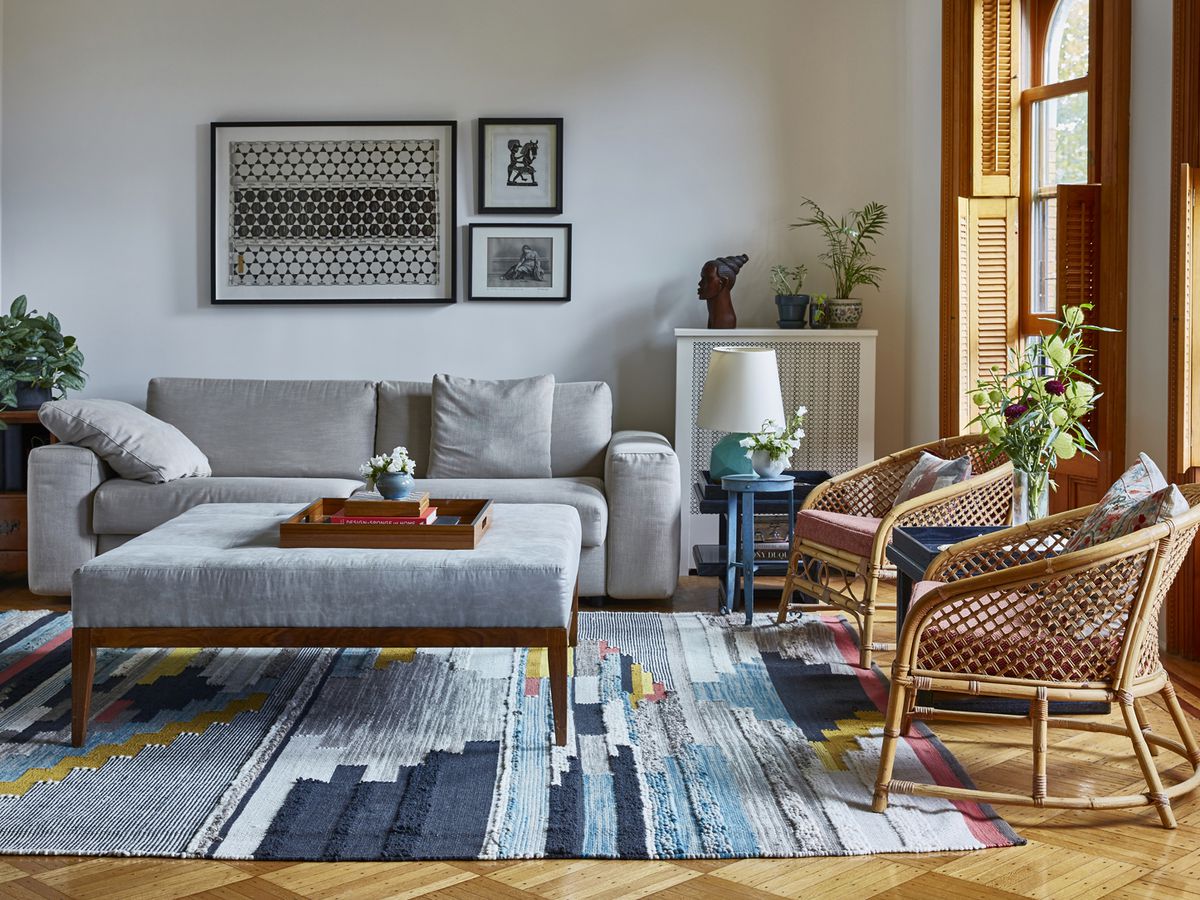
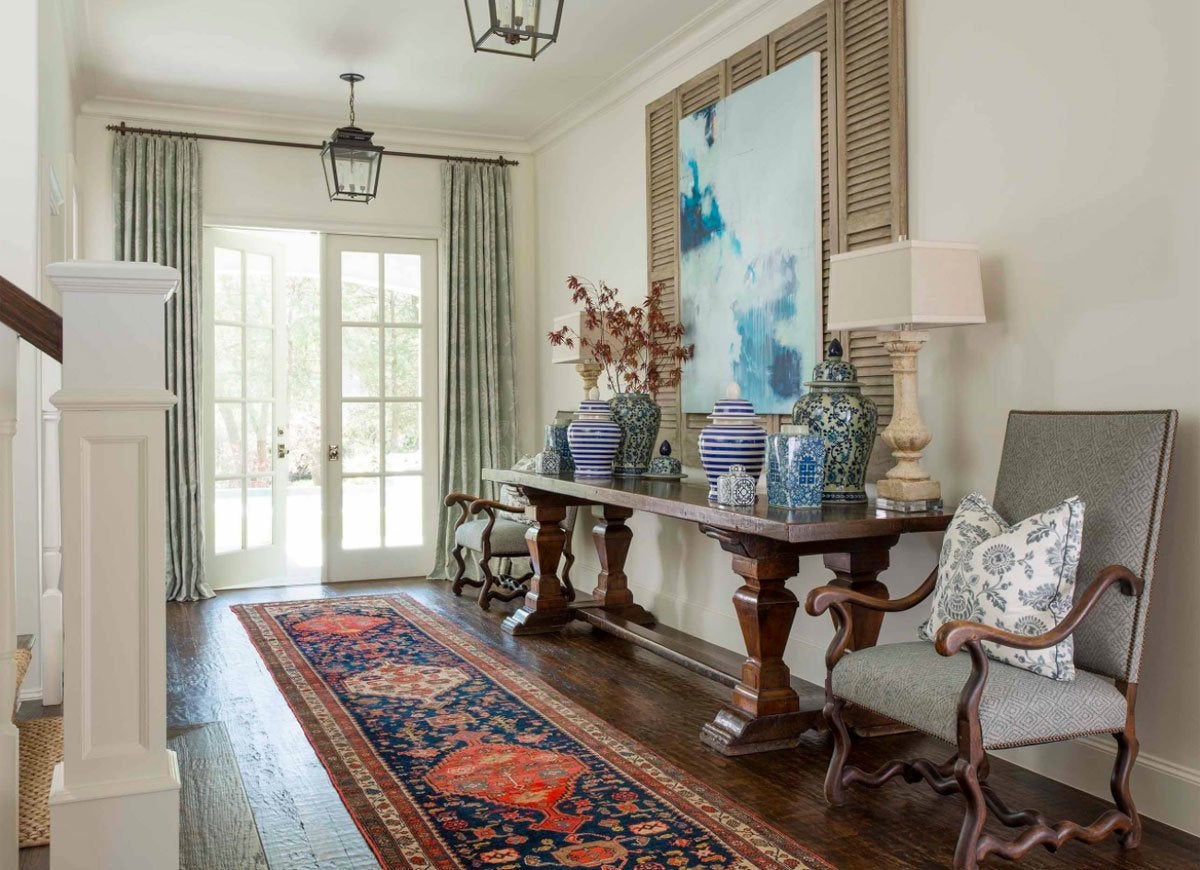
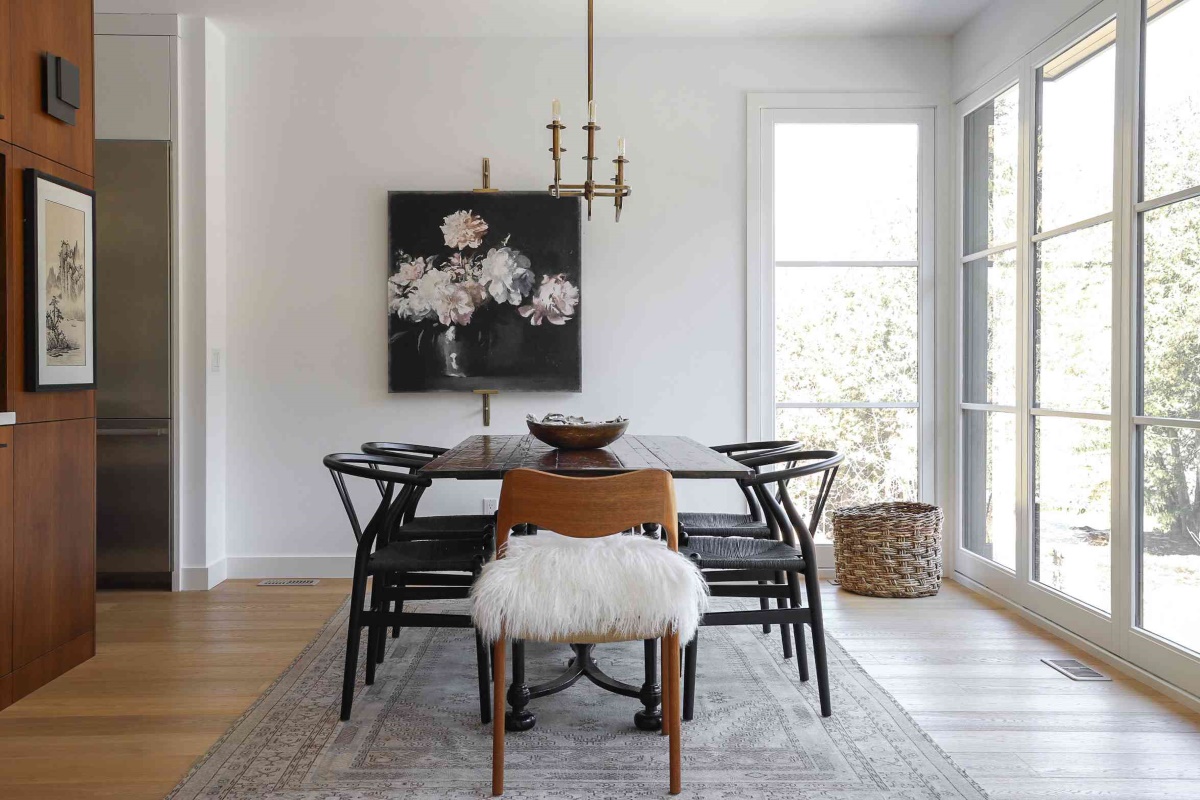
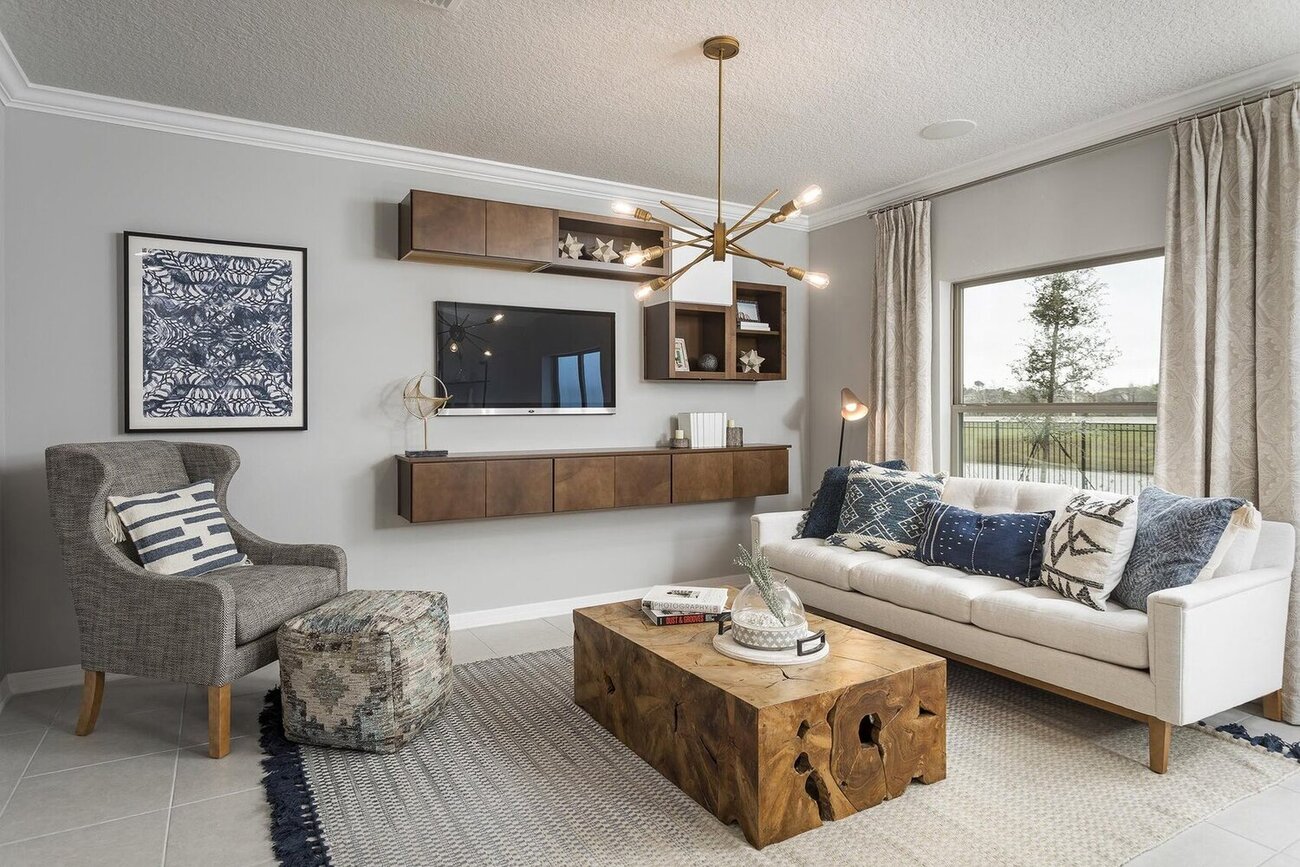
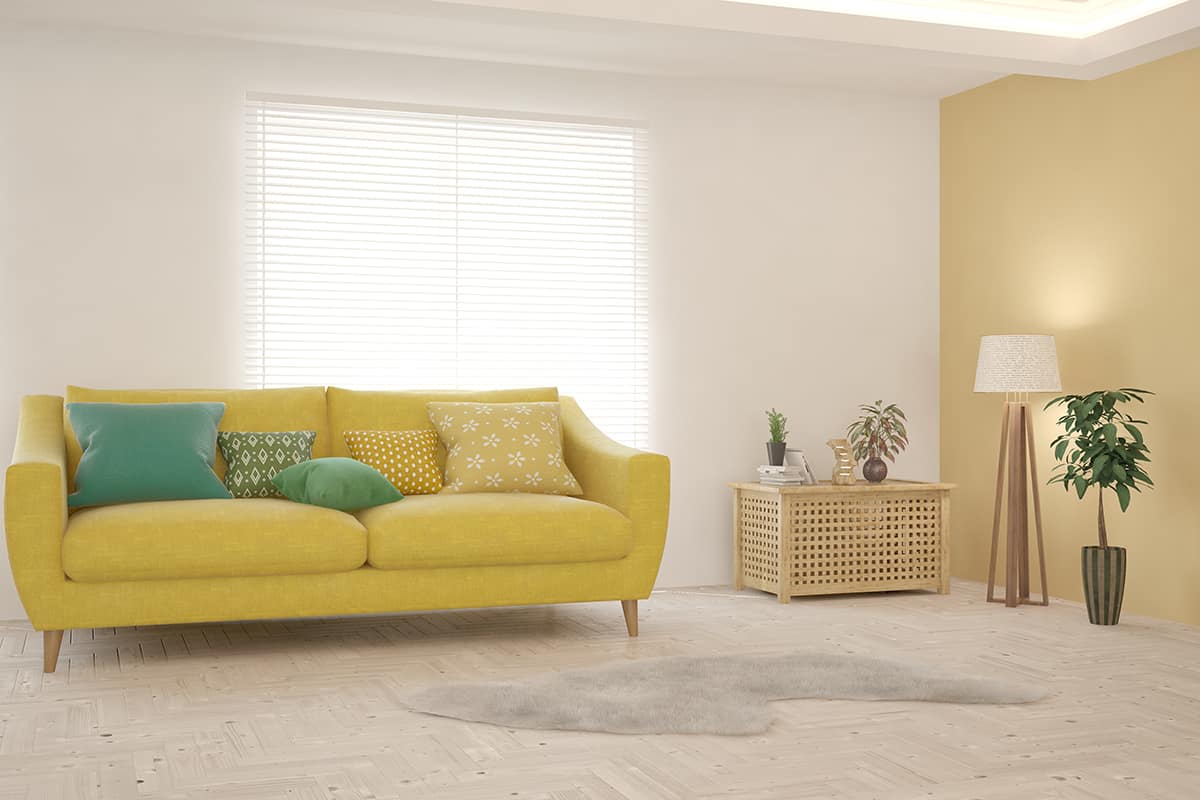
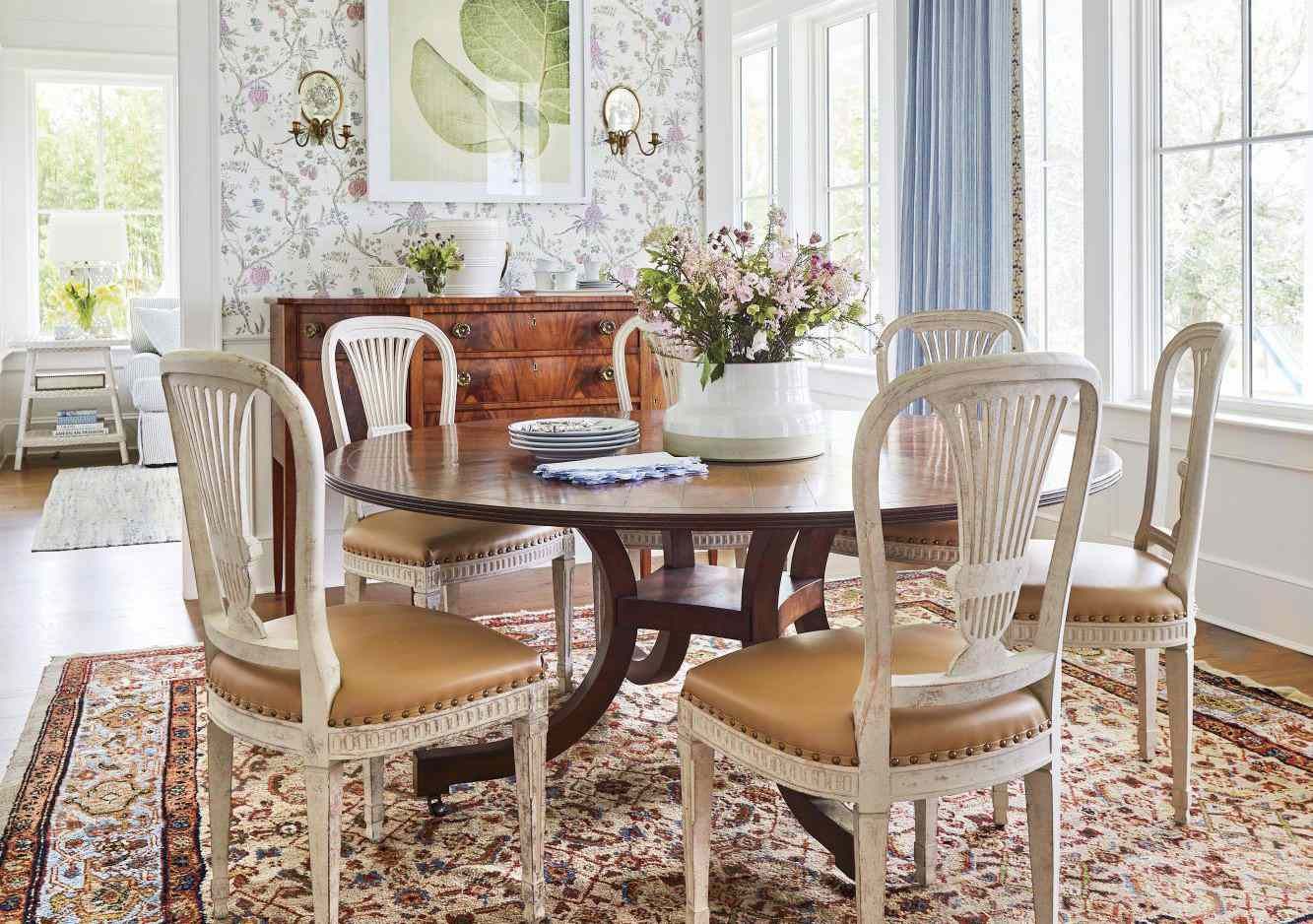

0 thoughts on “How To Make A Small Dining Room Look Bigger”